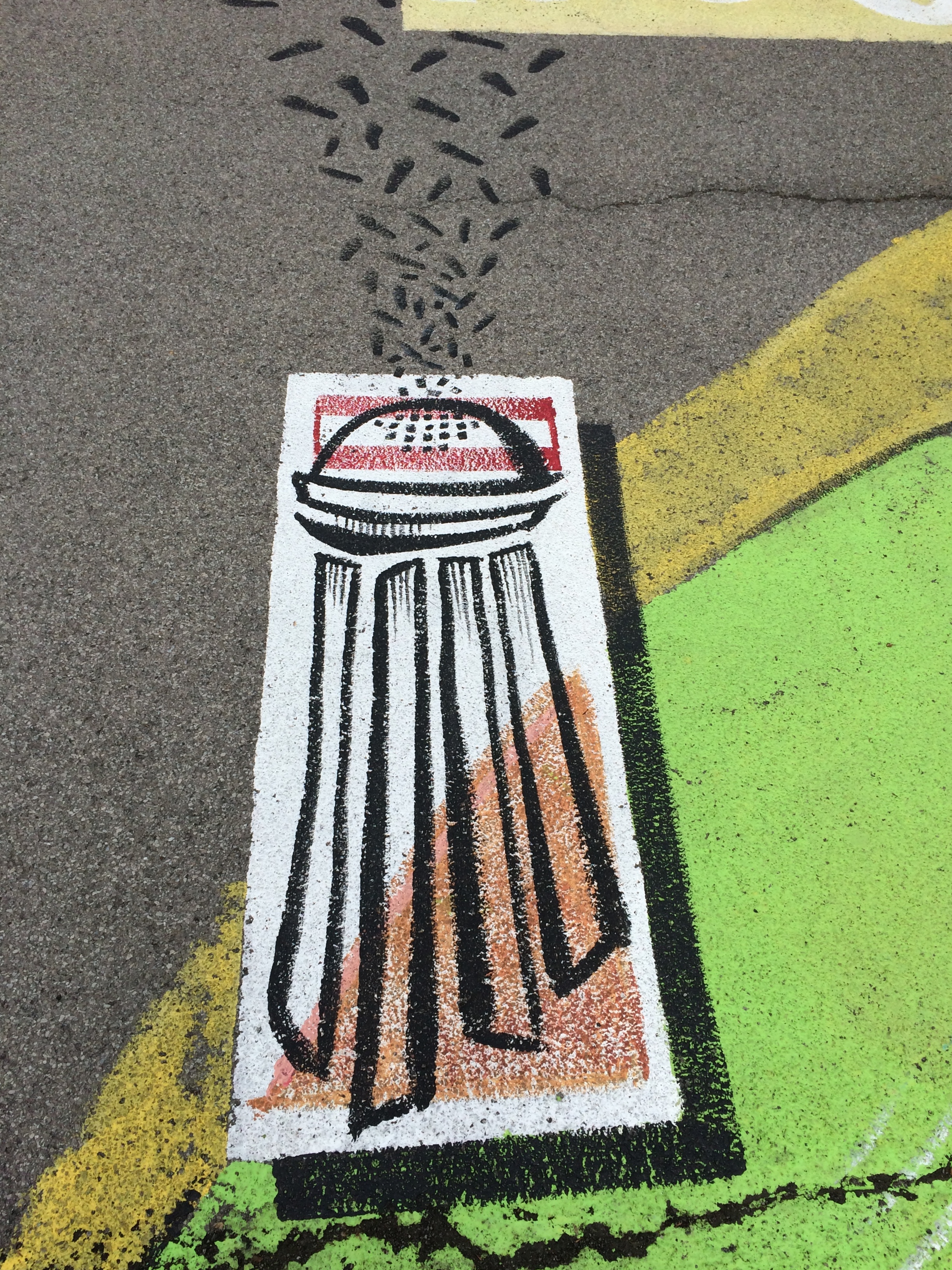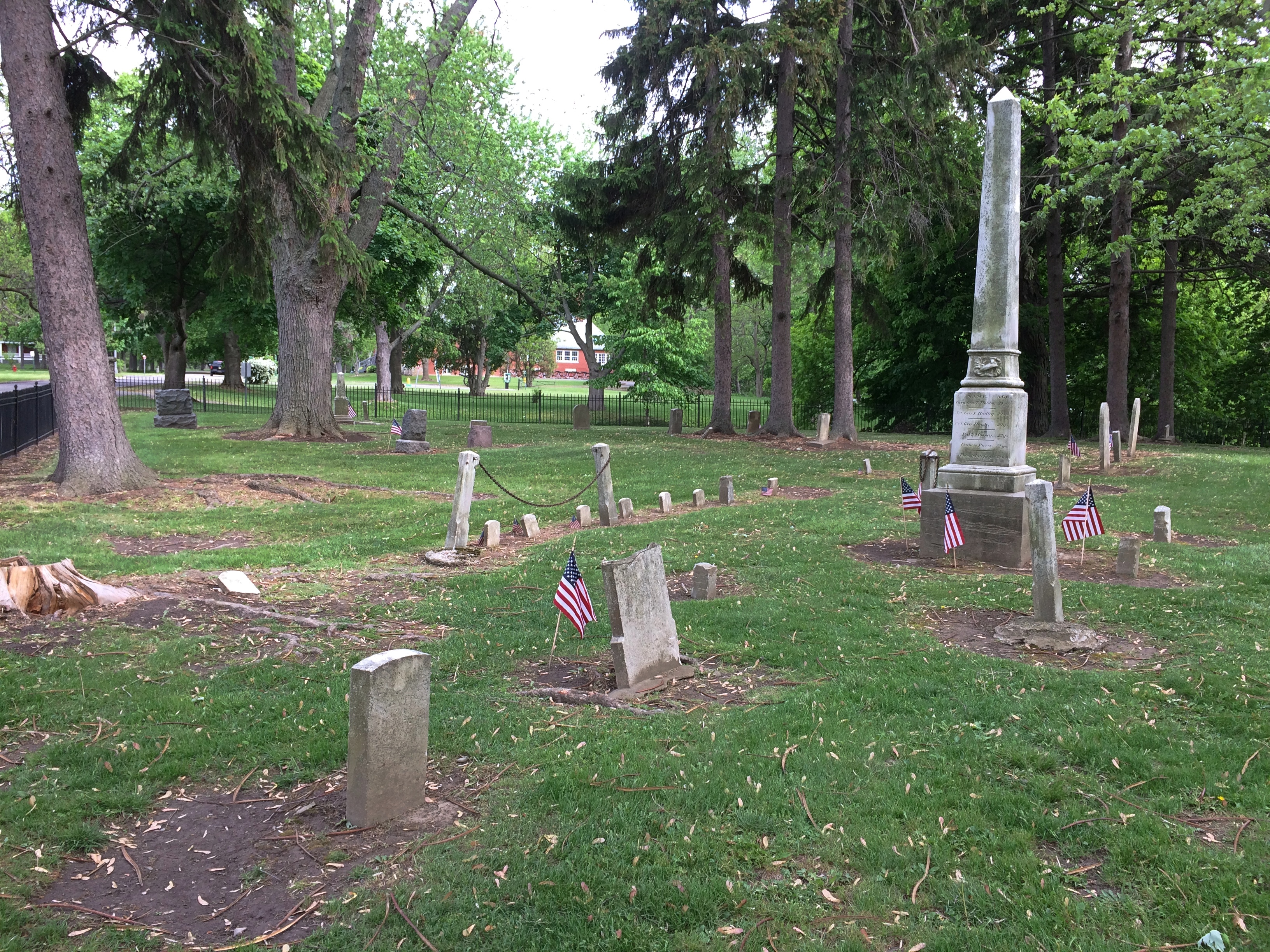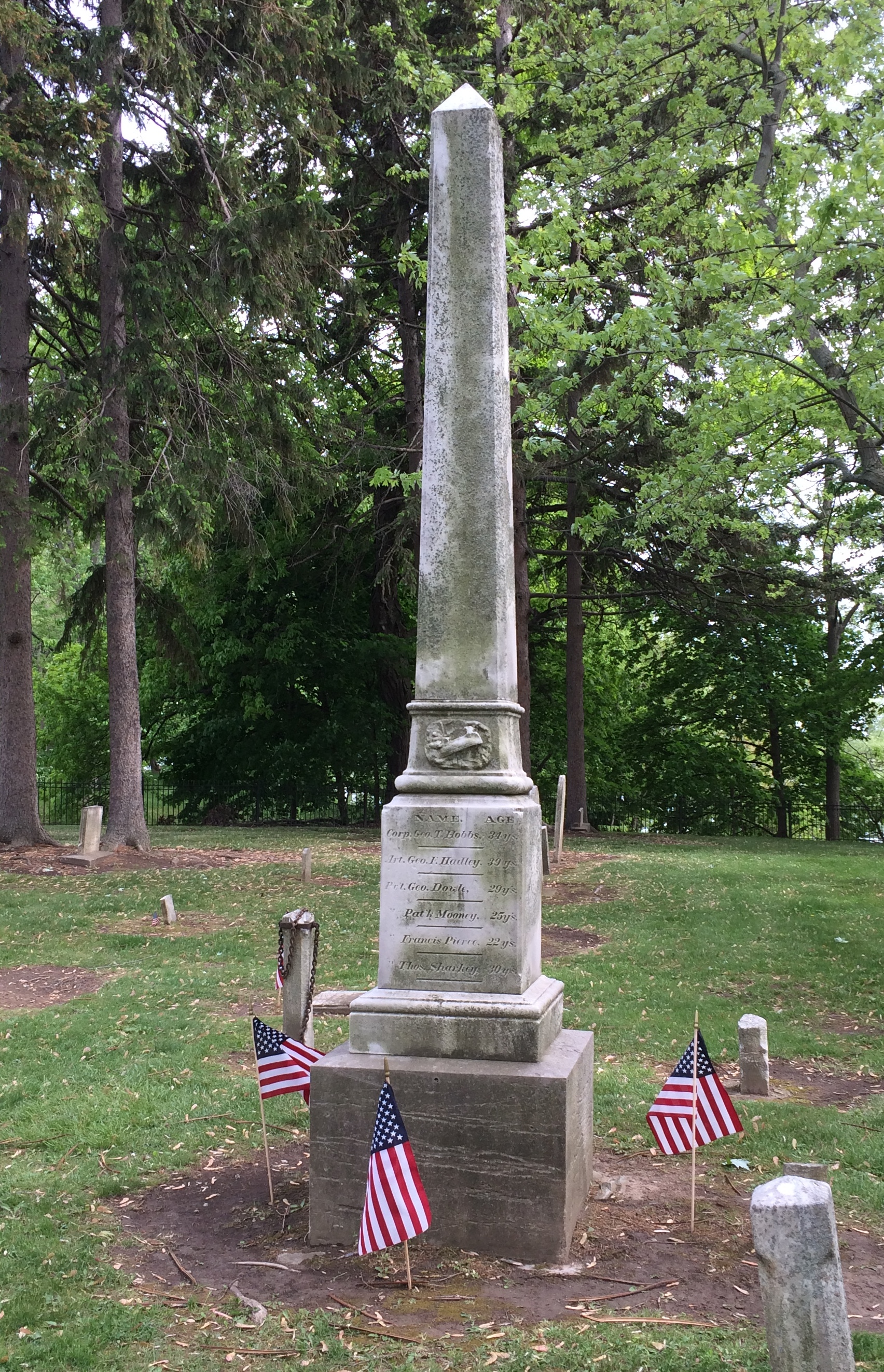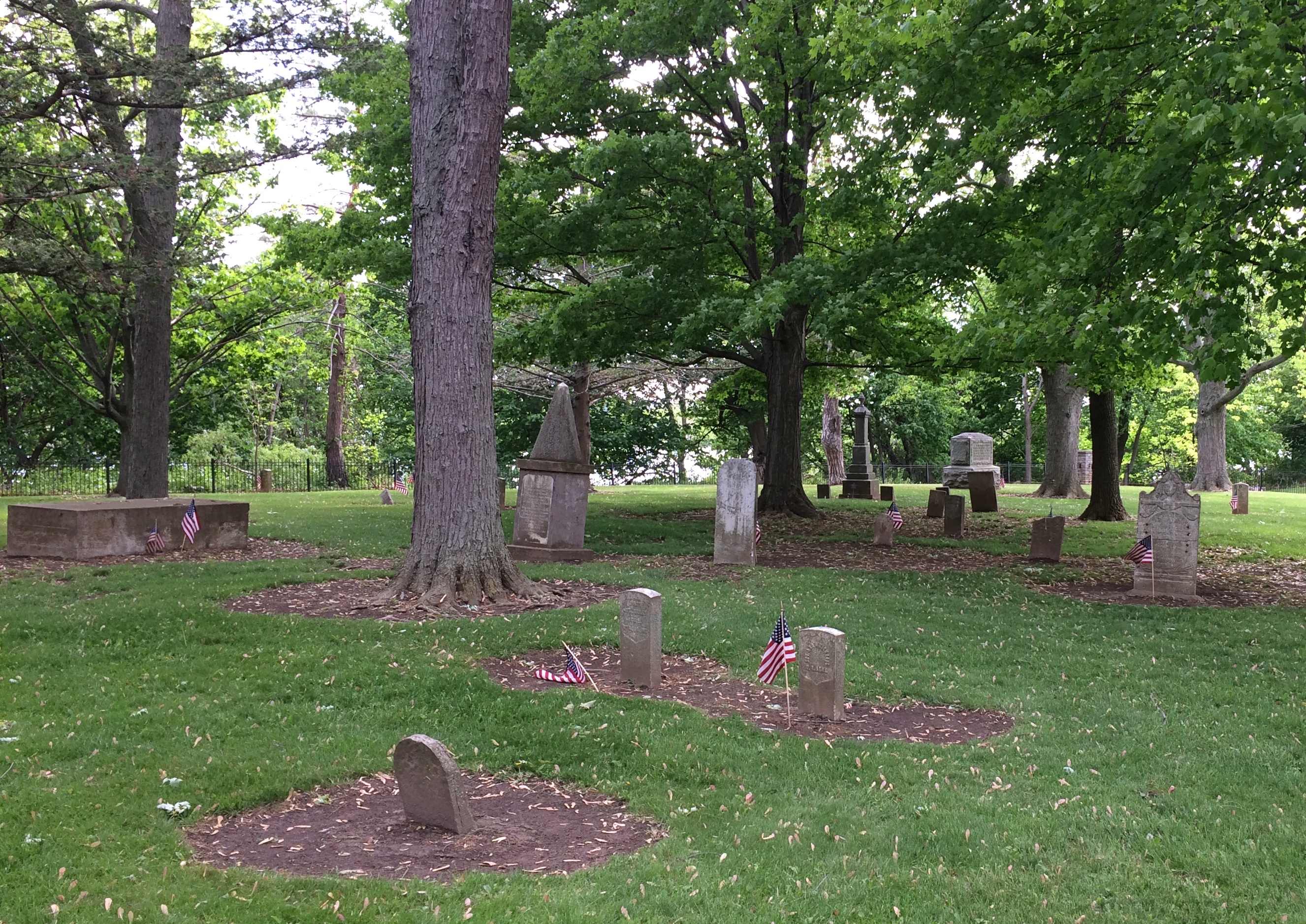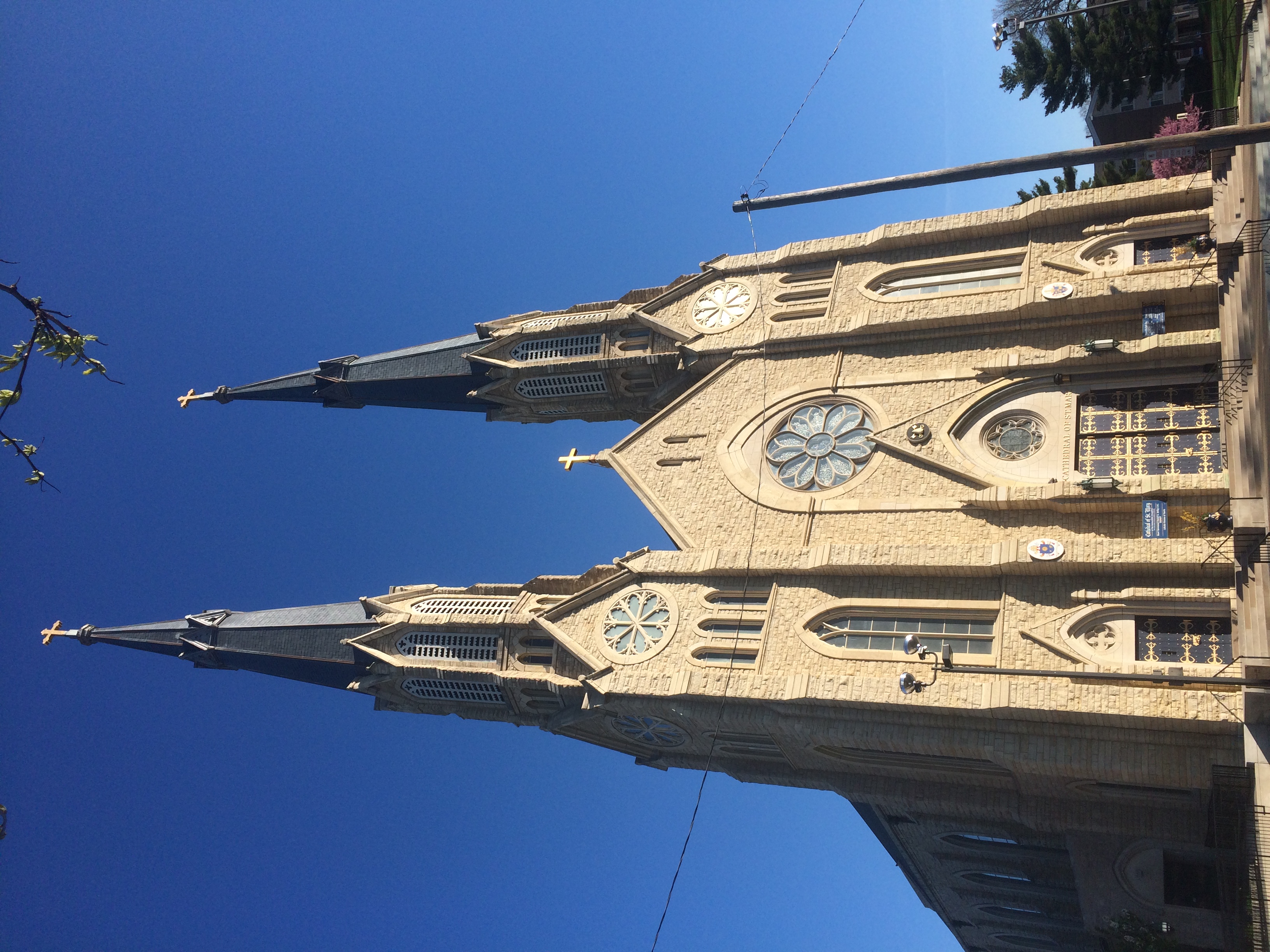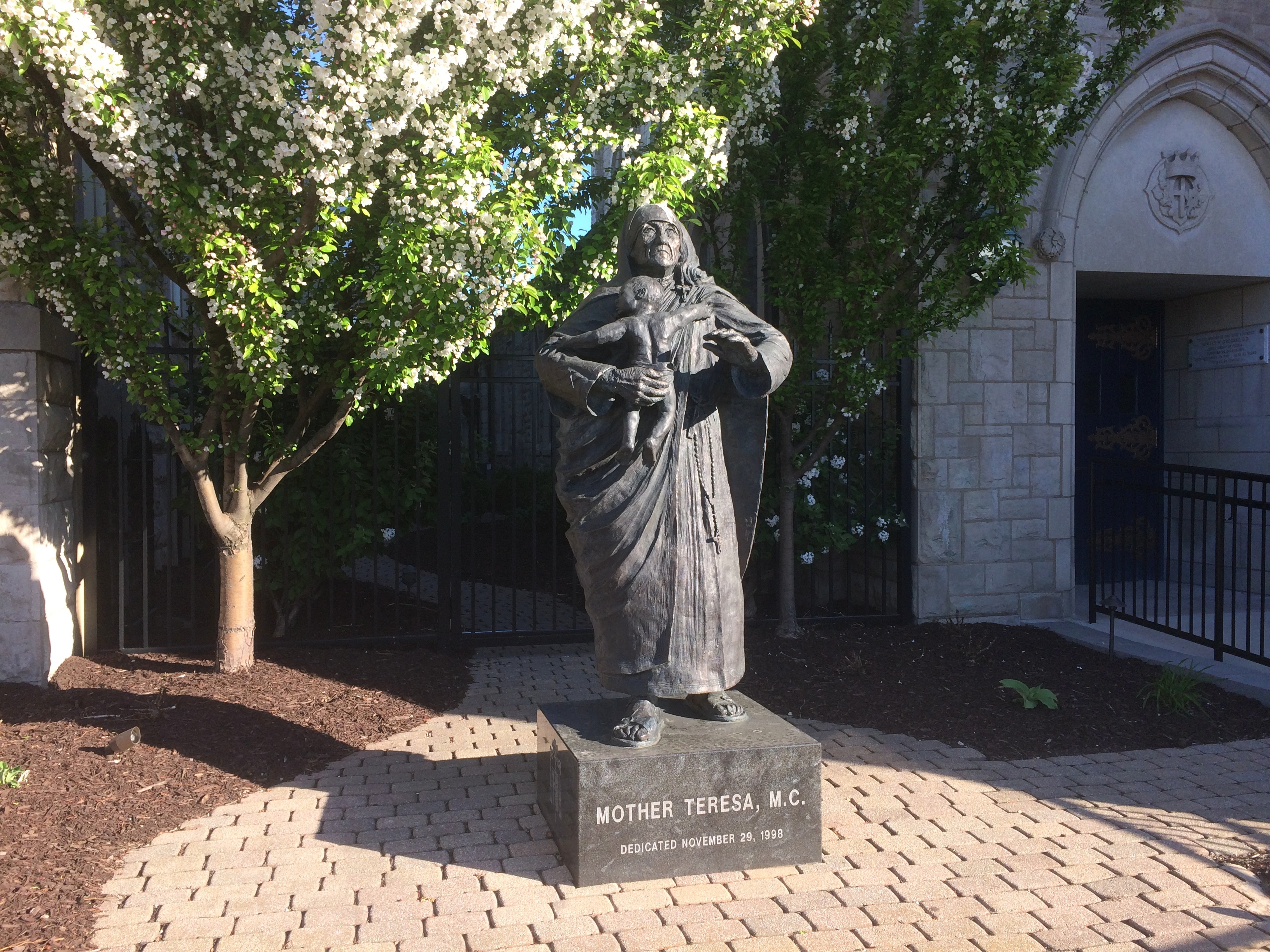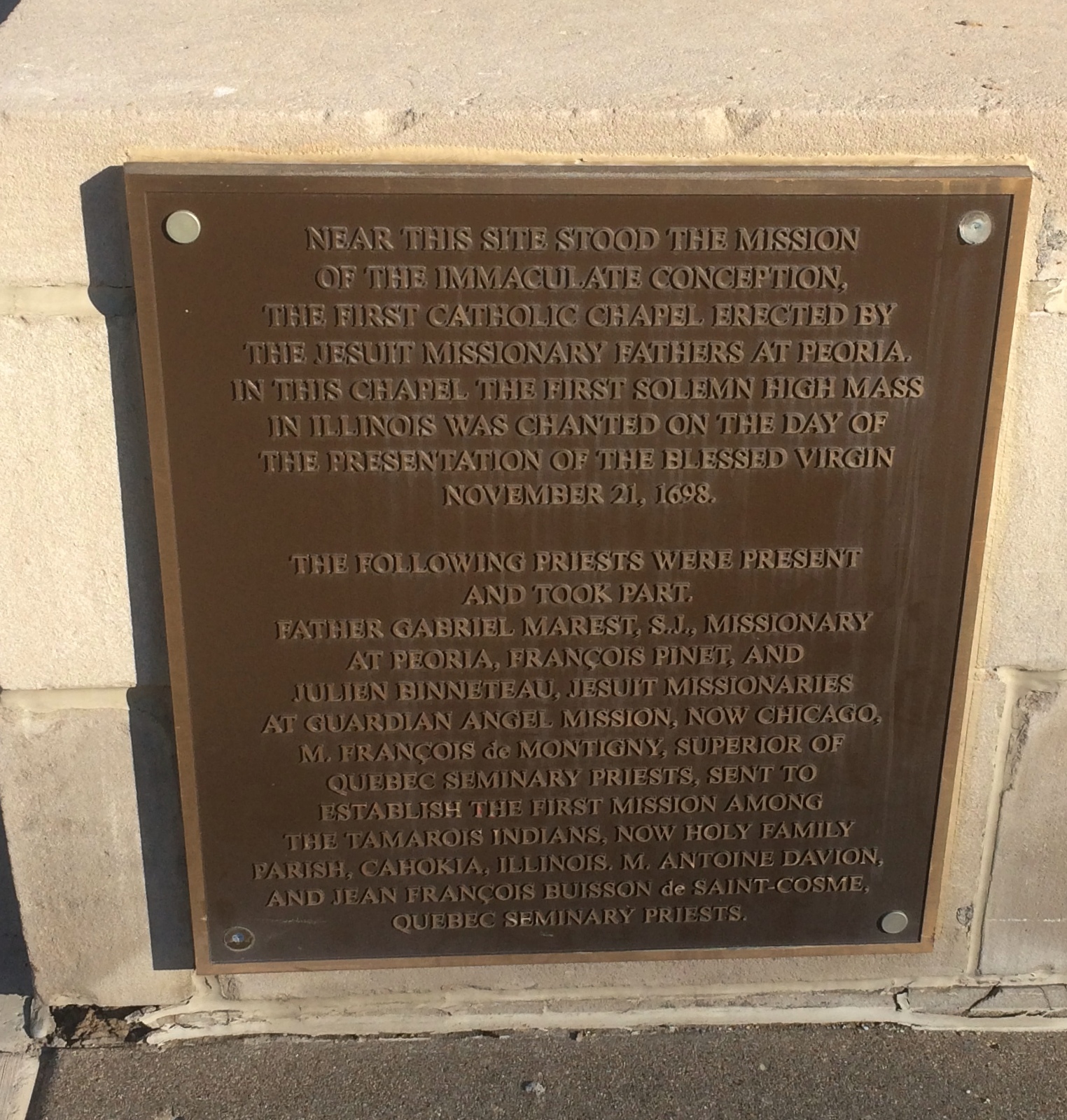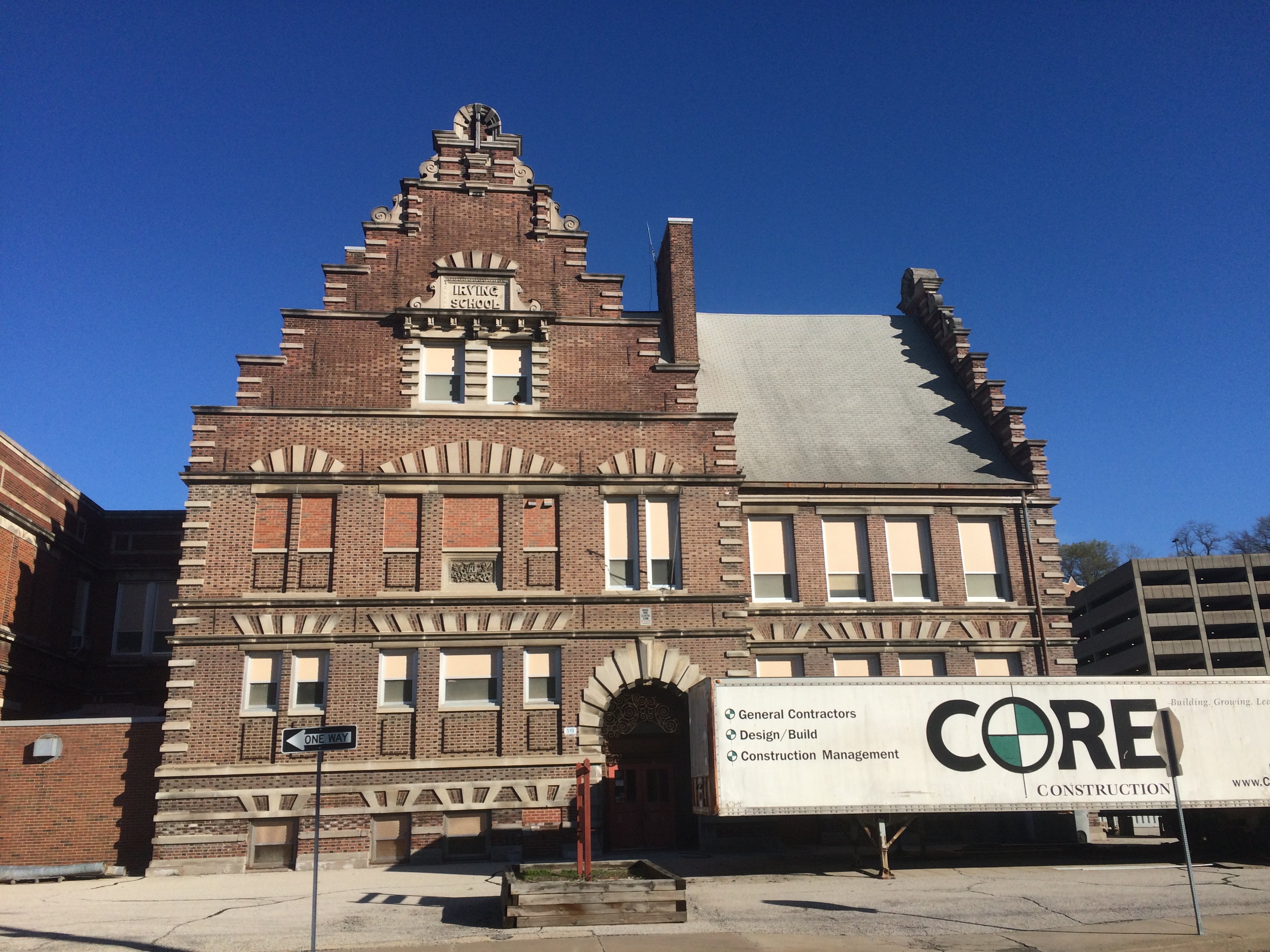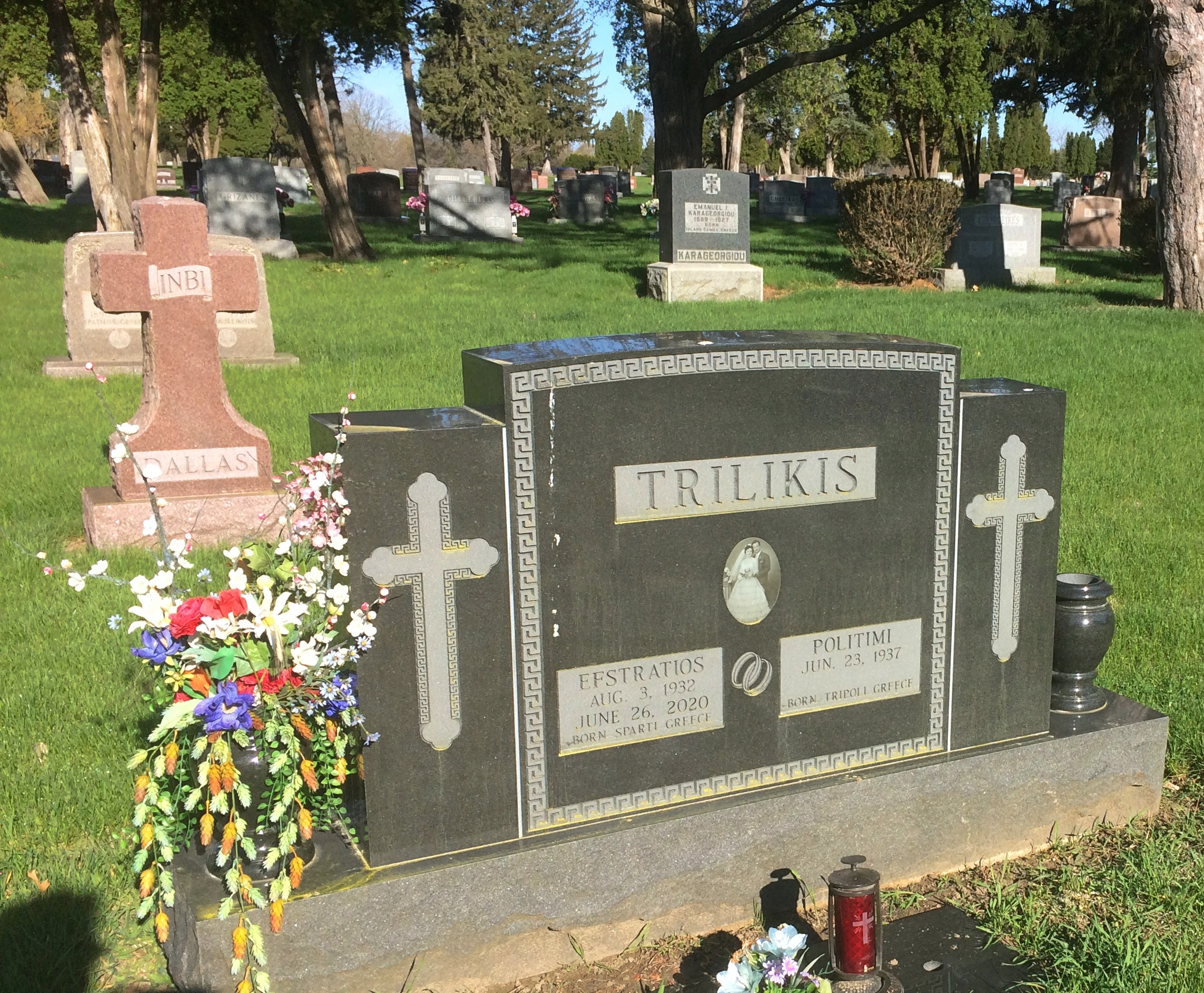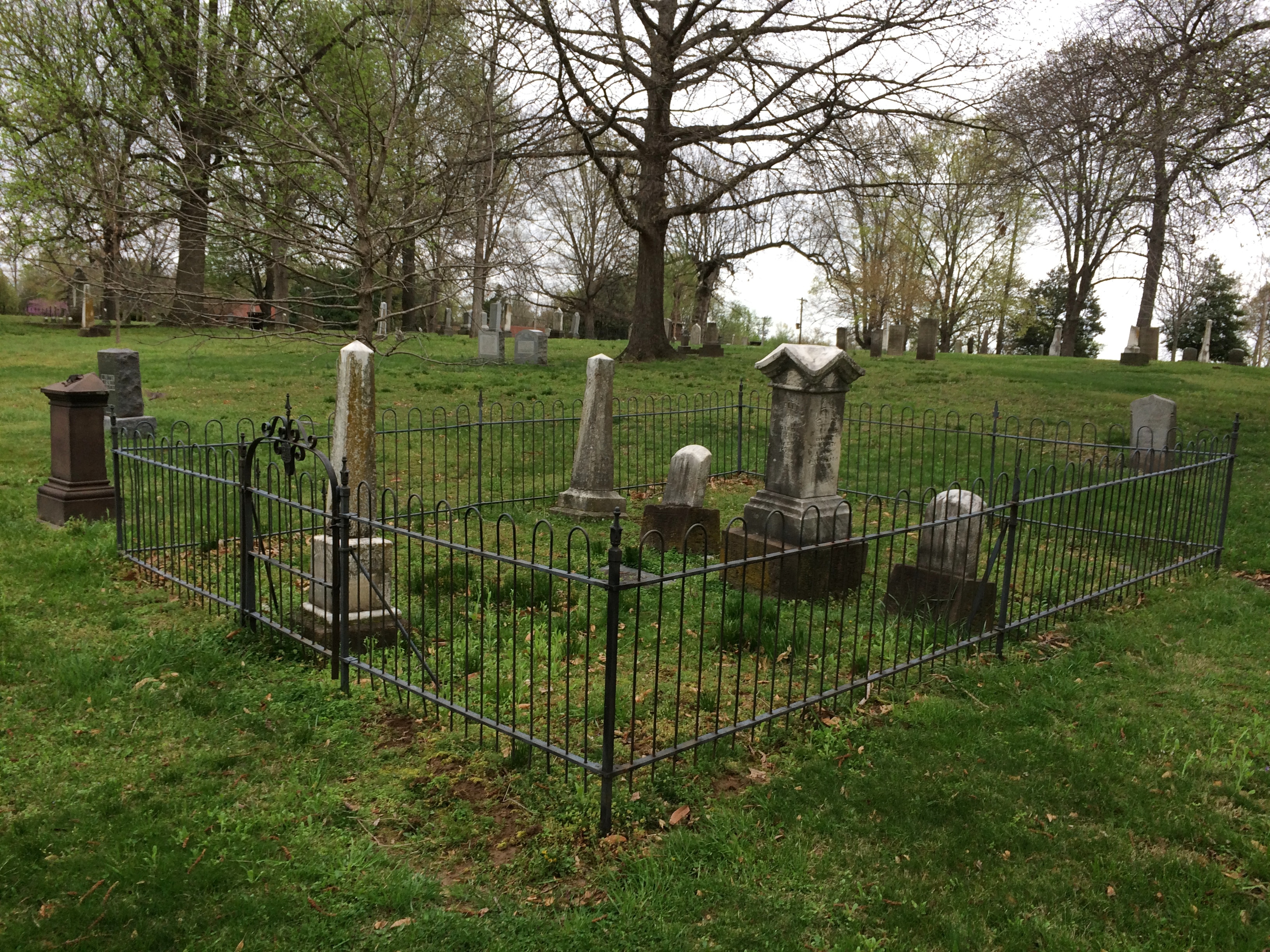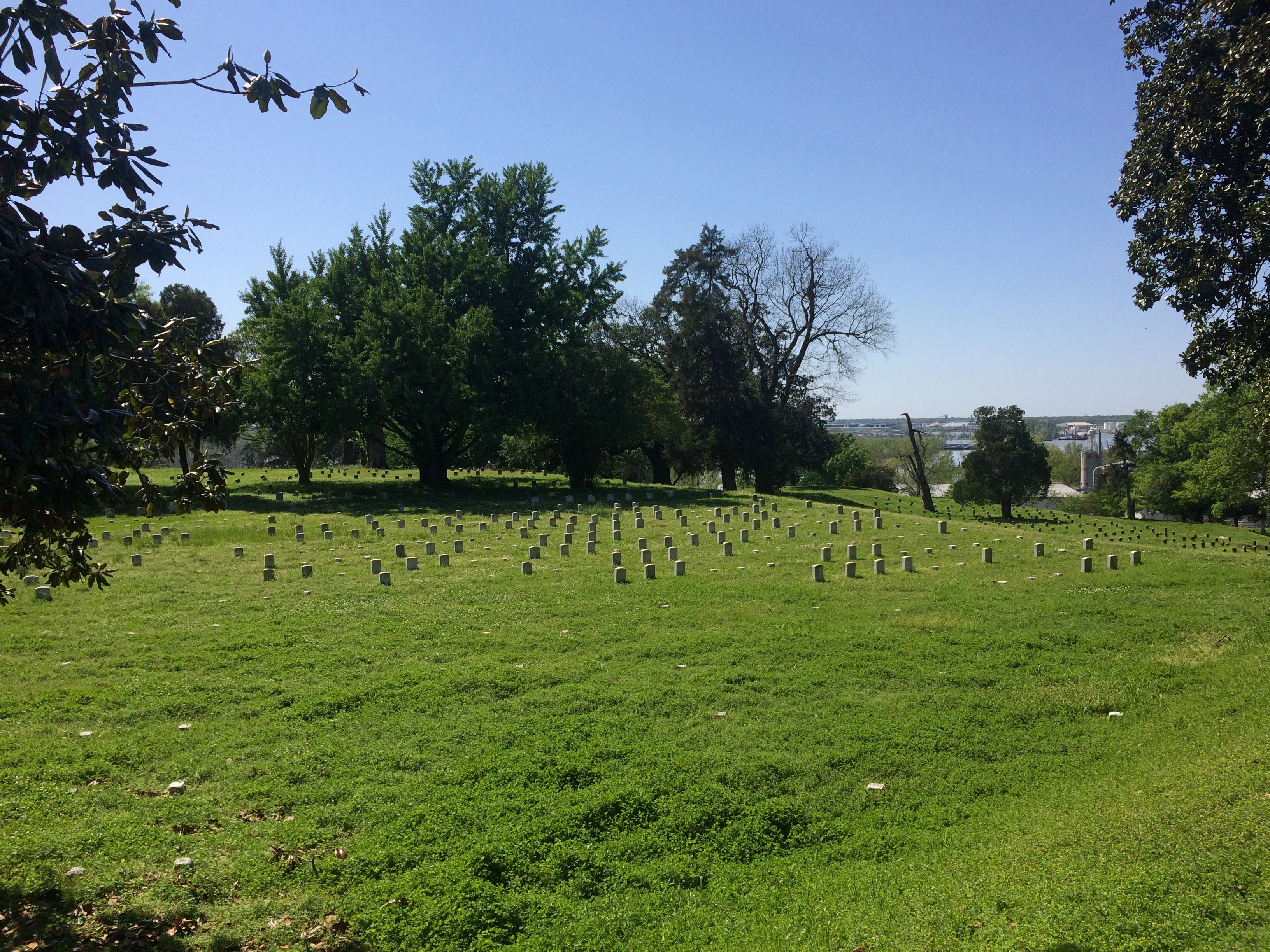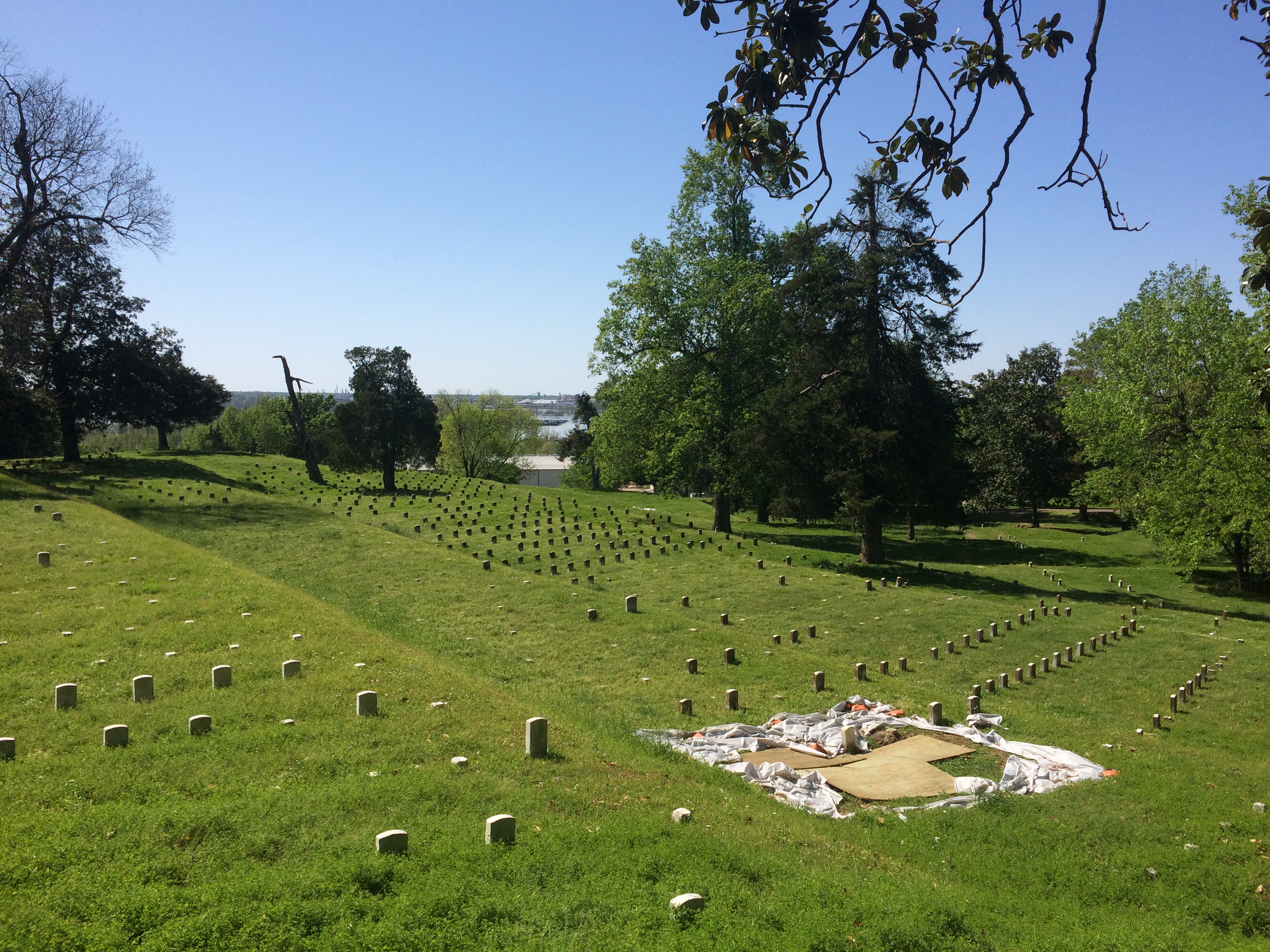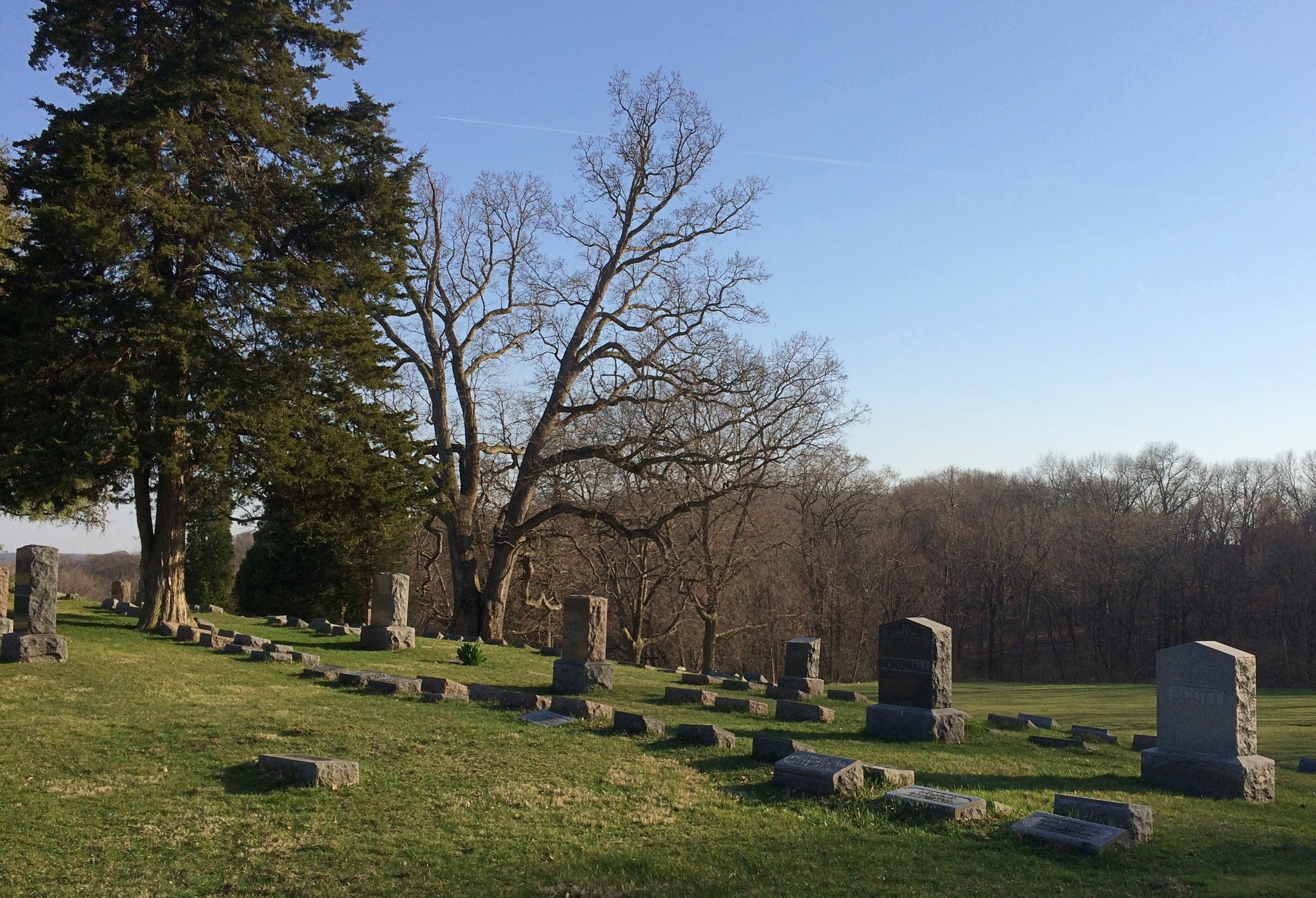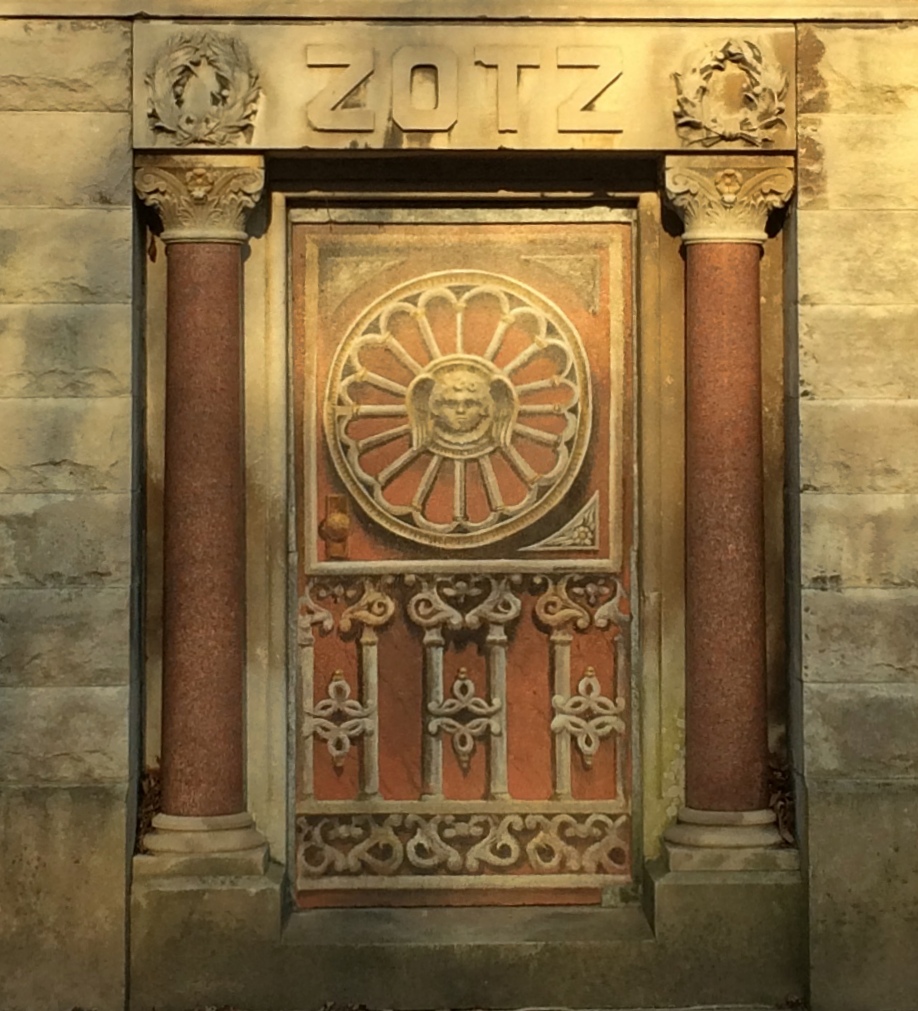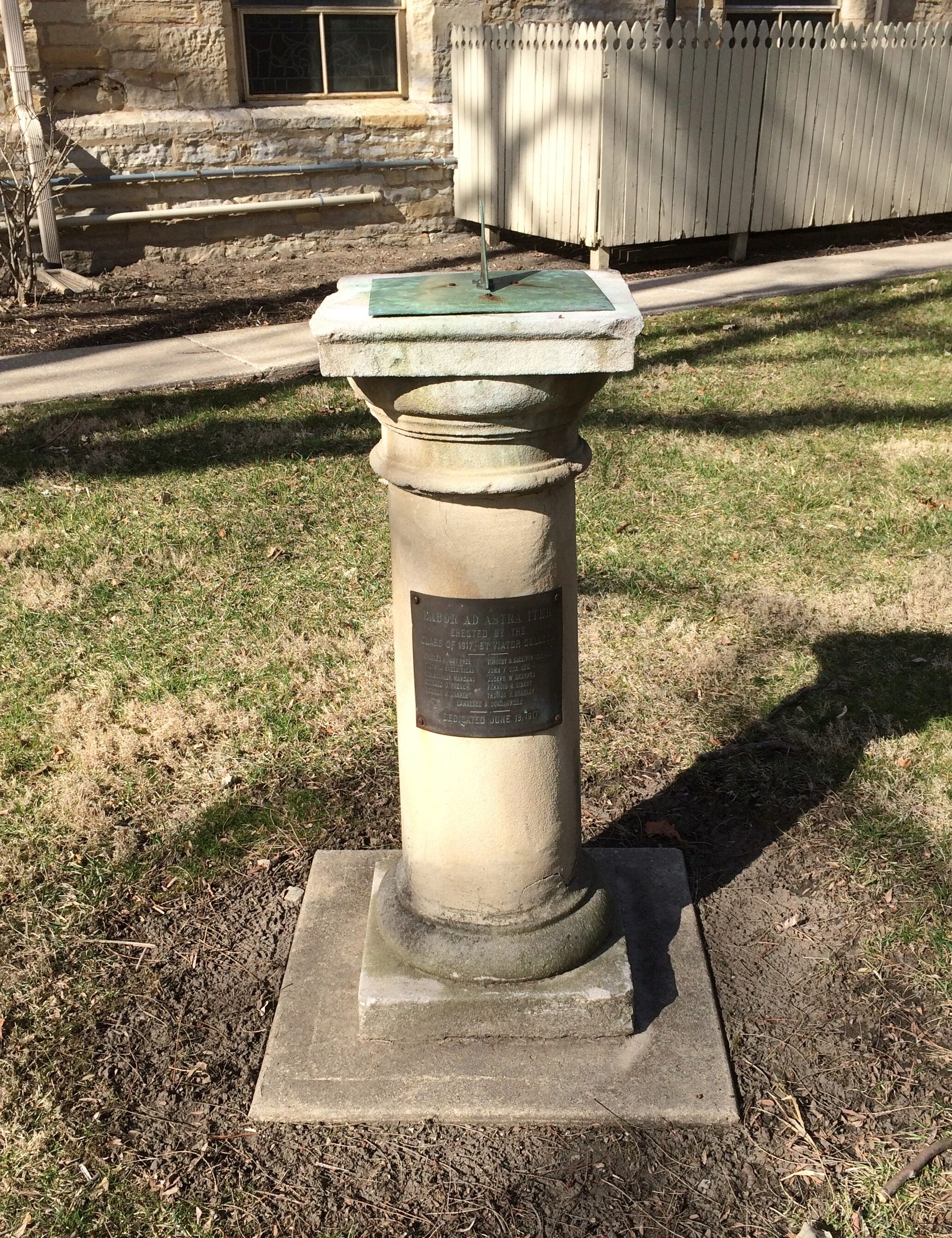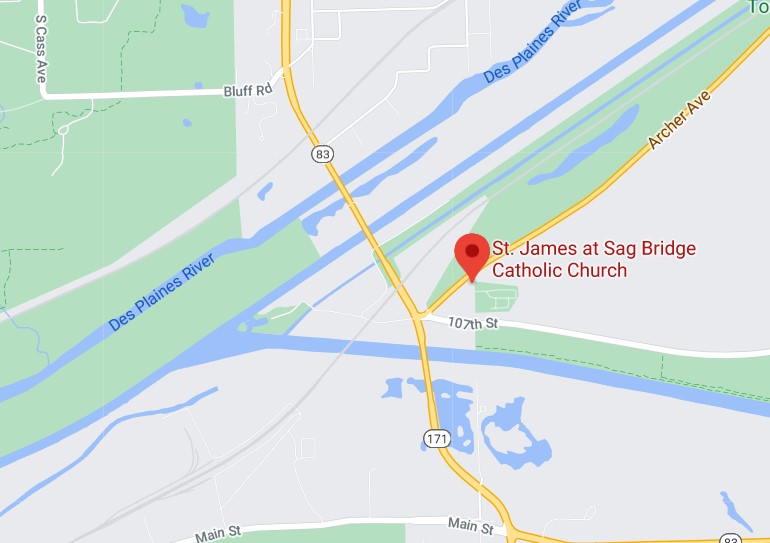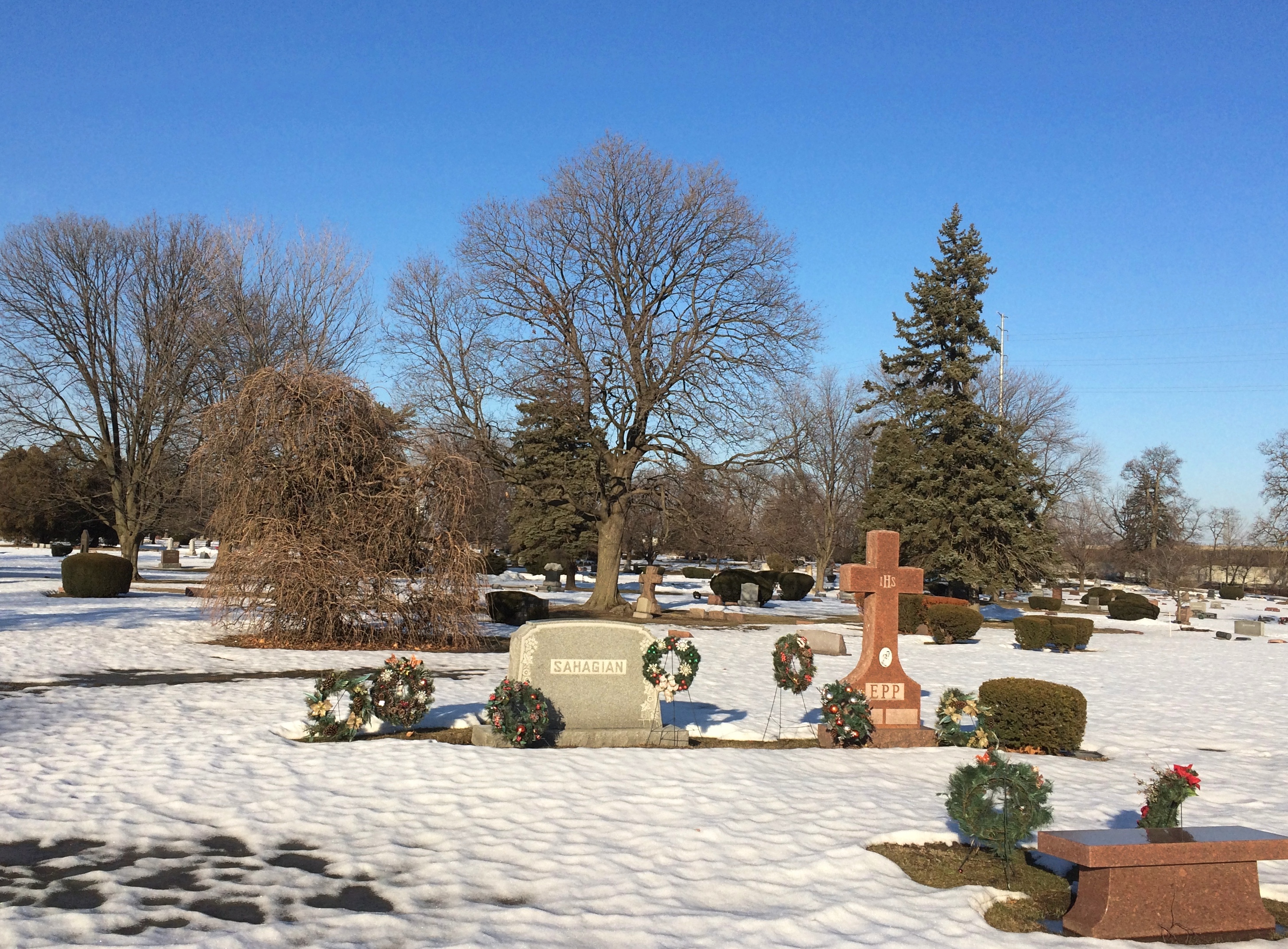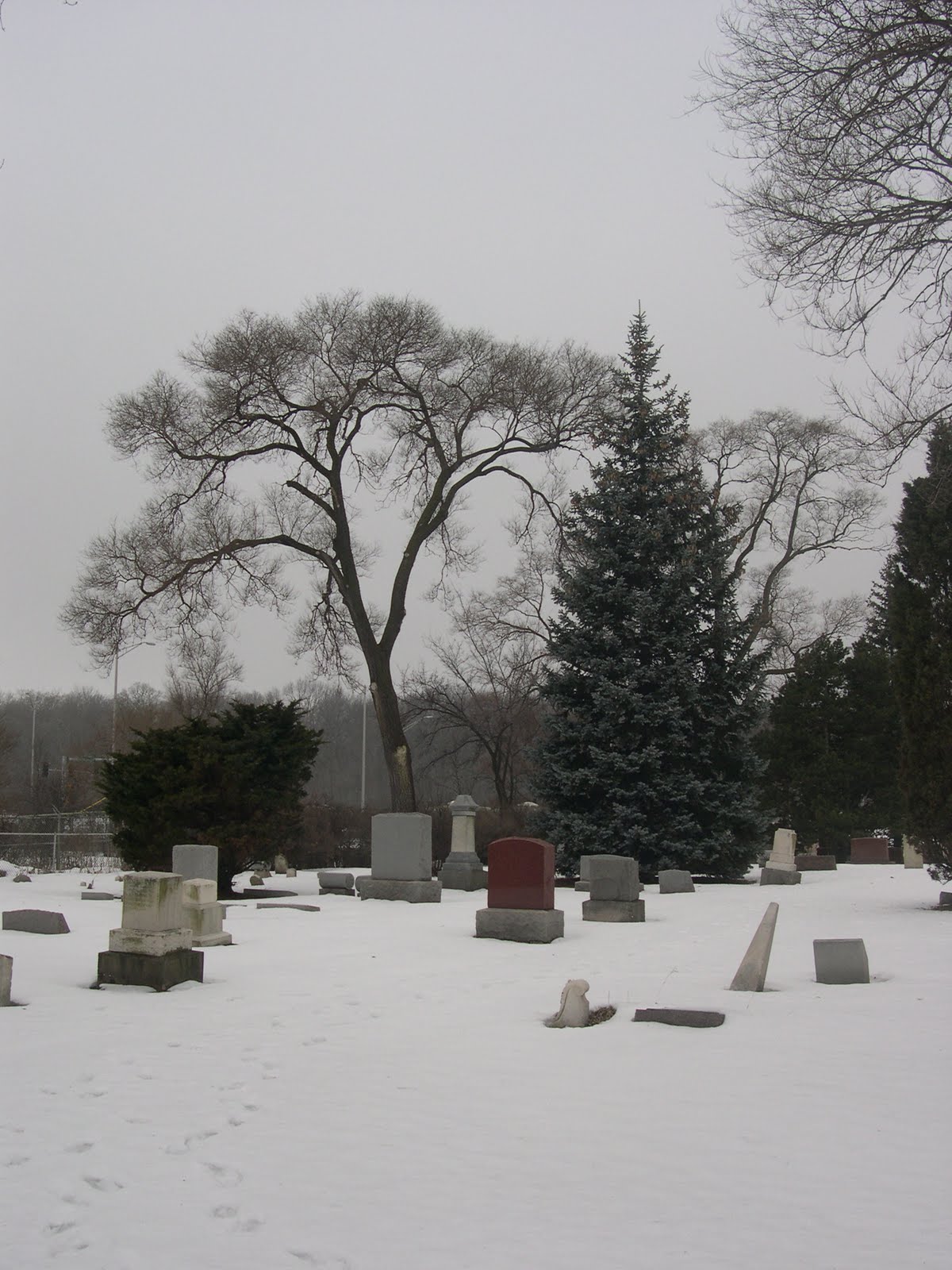The UB Council of the University of New York at Buffalo, in its wisdom, has effaced the name of President Millard Fillmore from the institution, which he also founded. Fillmore himself, however, will remain undisturbed for now at Forest Lawn Cemetery in Buffalo. Also in the Fillmore family plot are his two wives, his children and one of his mother-in-laws.
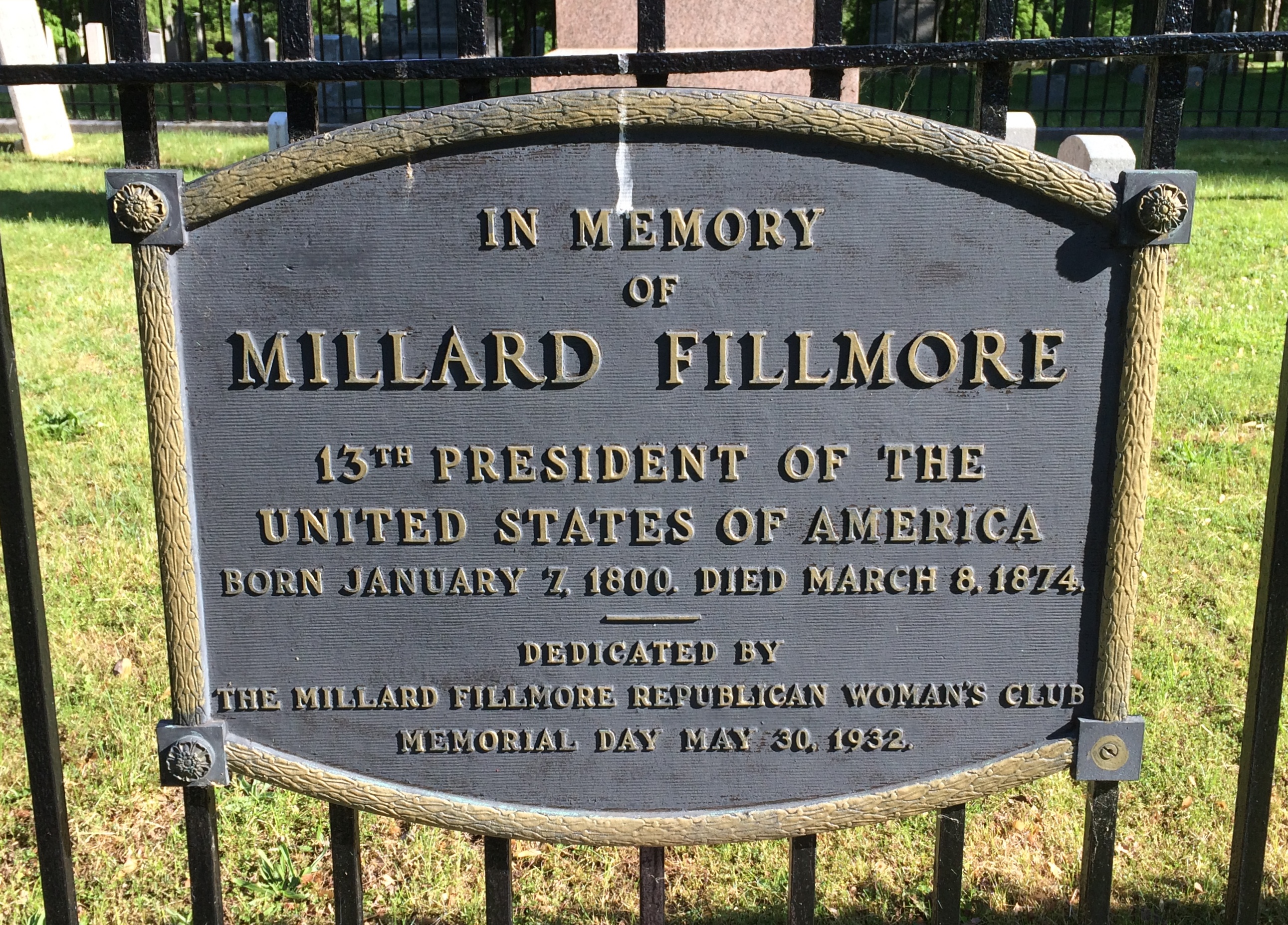

The 13th President of the United States is one of about 152,000 permanent residents of Forest Lawn. The cemetery is a splendid example of the Victorian rural cemetery movement, realized in thickets of headstones and a profusion of funerary art and ornate mausoleums inhabiting a lush landscape of grass underfoot and leaves overhead (in the warmer months, anyway). I arrived just after opening on the morning of May 31. I only had time for a slice of the place.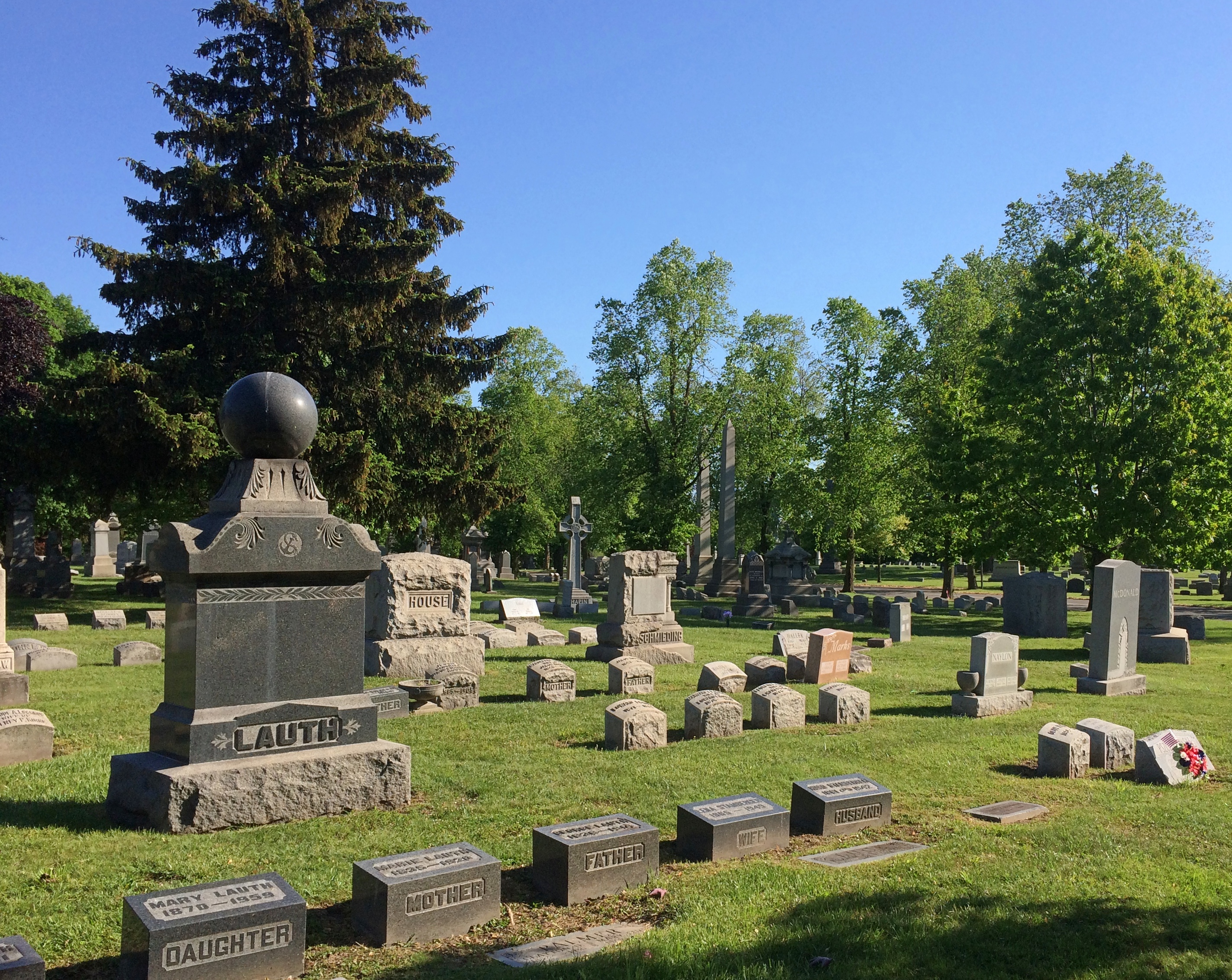

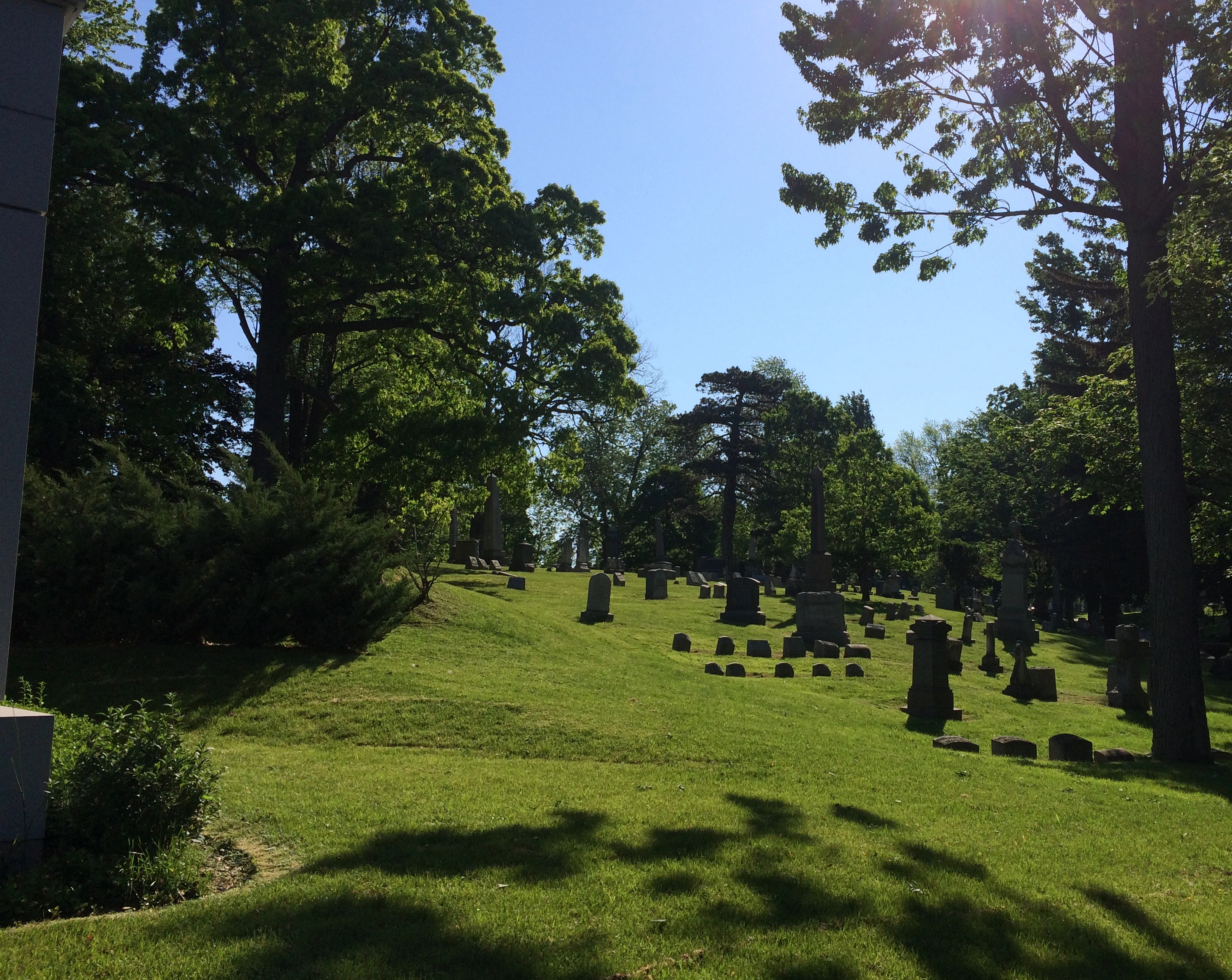
Spanning over 269 acres, Forest Lawn was founded in 1849, and is home to early Buffalo politicos, businessmen, artists, musicians, lawyers, doctors, inventors, a wife of Irving Berlin, the mother of Aretha Franklin, and 17 unknown victims of the Angola Horror train wreck of 1867. Frank Lloyd Wright designed a mausoleum for the cemetery that wasn’t built until 2004 and there’s a statue of Seneca Indian chief Red Jacket dating from 1851.
Lorenzo Dimick (1842-1888) might have been a criminal in Buffalo who evaded justice by fleeing to Canada, but in death there was no problem for him to return to his native city for burial under a fine piece of funerary art.
A squib about him is here. I am able to read the full story in the NYT archives, so I will relay that he committed insurance fraud in Buffalo, was duly convicted, and skipped town. Good thing for him a border was handy, presumably before cooperation between the United States and Canada in such matters. Or maybe some bribery went down.
The Firemen of Buffalo and Erie County are honored with a statue and a plaque.
The Schickel memorial. From what I’ve been able to tell, Bernhard Schickel (1820-1884) owned a beer hall. That could get you the dosh you need to pay for such finery in stone.
The Blocher Memorial is the kind of array that gets its own articles.
“The story of Nelson W. Blocher combines fact and folklore,” begins Atlas Obscura, which is to say we don’t know everything, or even very much for sure. “Local legend claims…” only affirms that further.

“Within the structure, enclosed by glass, are Italian Carrara marble statues depicting a romanticized scene of Blocher’s final moments. Blocher himself lies on a sarcophagus slab, clutching his Bible, while his parents look on,” AO says. “Above Blocher is an angel (possibly modeled after [his lost love] Katherine) who watches over him, or, perhaps calls him to heaven.”
Near a creek that runs through the cemetery —
— is a bust of Verdi. Hm. I didn’t think was buried here, and he isn’t. He’s at the Casa di Riposi per Musicisti in Milan.
The table says:
Giuseppe Verdi (1813-1901)
Giuseppe Verdi is credited with having invented the Italian national operatic style. Born the son of a poor grocer in LeBoncole, Italy, Verdi began composing at age 13… His best known works include Rigoletto, Aida, Il Trovalore and La Traviata.
Forest Lawn thanks the City of Buffalo, Buffalo Arts Commission and the Federation of Italian American Societies for this bust sculpted by Dr. Antonio Ugo of Palermo, Italy… It is dedicated this 28th day of September, 1996, in tribute to the many accomplishments of the Italian-American community in this cemetery, the City of Buffalo, and all of Western New York.





